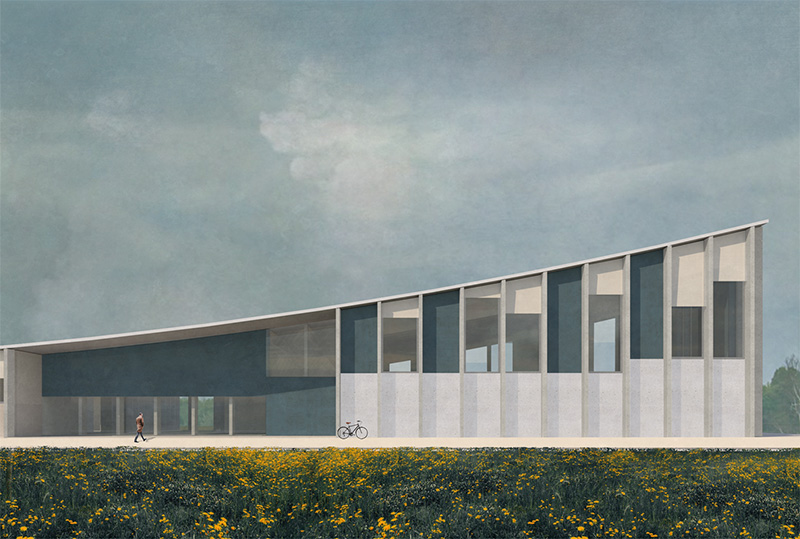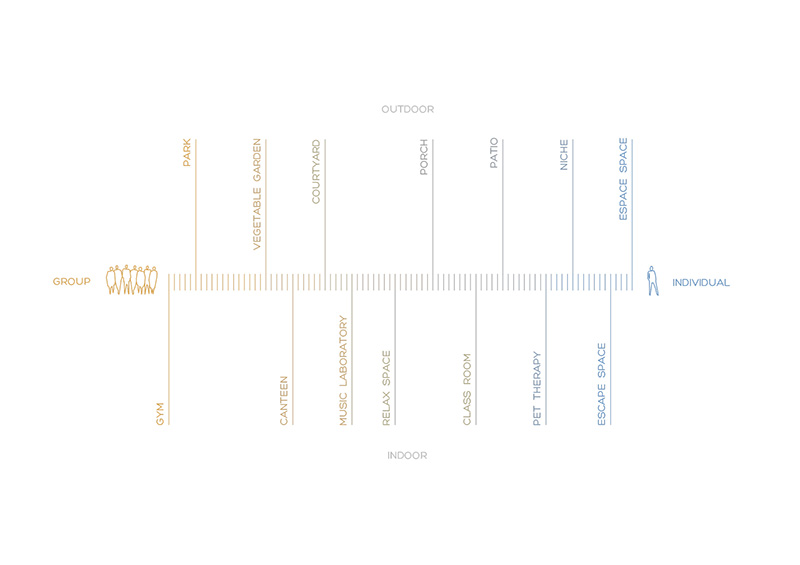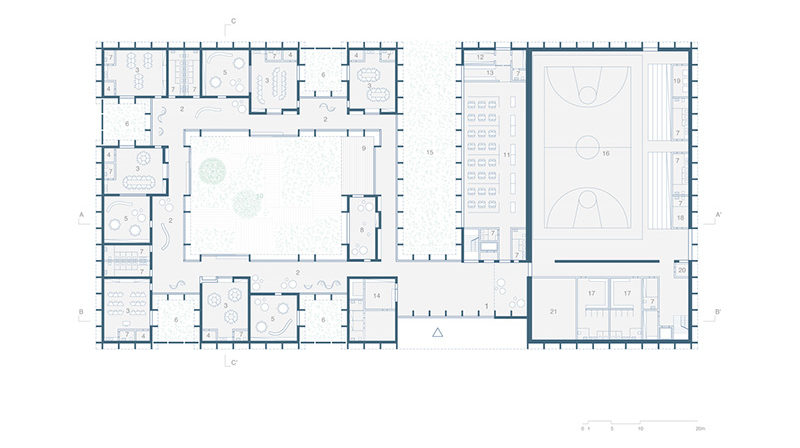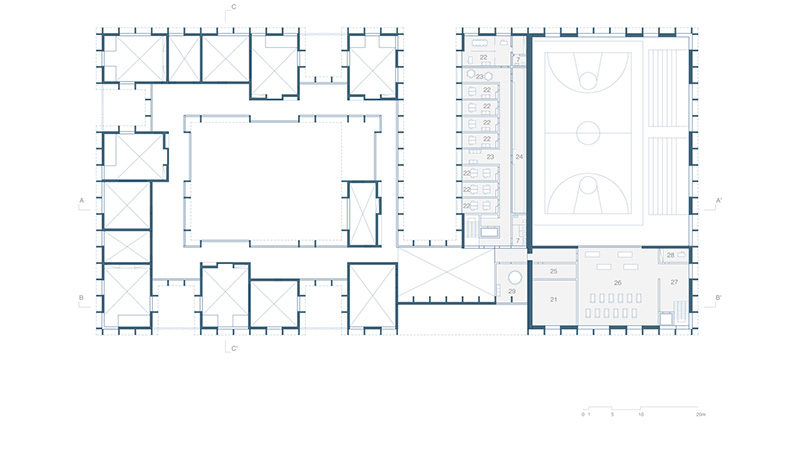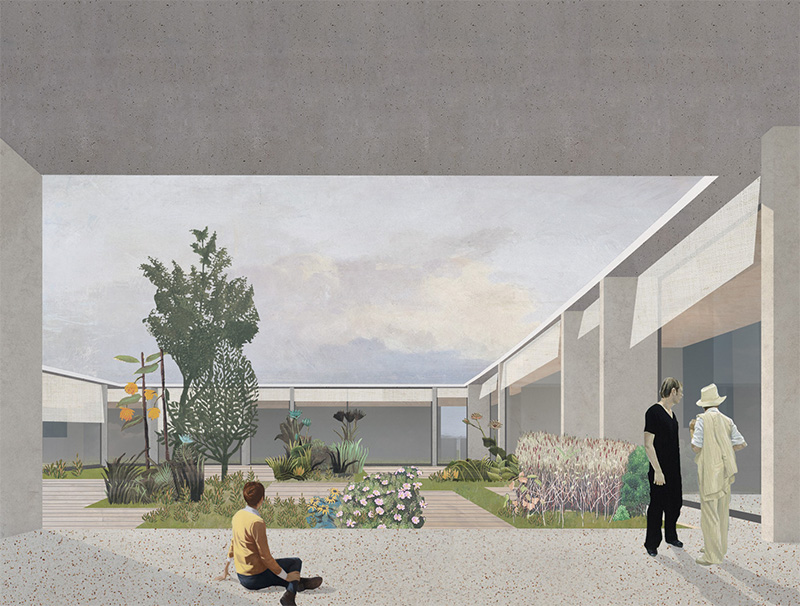According to the information published by WHO (World Health Organization) in 2021, worldwide about one in 270 people have an Autism Spectrum Disorder. However, as stated by ASDEU (Autism Spectrum Disorder in the European Union) because of limited inquiry, many persons with Autism Spectrum Disorder are not even diagnosed until adulthood, whatsoever environment is not responding to their needs.
The project of a University for individuals with Autism Spectrum Disorder has been developed in collaboration with the no-profit organization (UDSA). The research focuses on the influence of the surrounding environment on the educational process of neuro-atypical individuals in the age of twenties. Explicitly, the organization concentrates on the preparation and integrating of individuals with Autism Spectrum Disorder within society, by strengthening personal talents or abilities after compulsory education.
The project follows the range of possible behaviors within the spectrum, elaborating a strategy that respects strongly contrasting sides of the disorder. Therefore, the idea of the GRADIENT. articulates the architectural space gradually based on their intensity, activity, and frequency. In fact, the presence of a variety of conditions stimulates every individual to find his/her environment of comfort, safety, and concentration.
The intervention is organized in three macro-sector: the gym, the central core, and the didactic area, continuously respecting gradient sequence that permits delicate transition through the building. The curved slope of the roof regulates the height of the interior space, from the higher space of the gym to the atrium, and then progressively to the classroom.
The repetition of the structure generates a rhythm that orders the facade: a lower belt, interrupted in a few points, and an upper area in which panels and windows alternate in the intervals of the structure. However, in the project, any spaces could be portrayed based on perceptive qualities. The common spaces, such as the gym, the canteen, and the entrance, represent environments with high intensity of stimuli. On the contrary small niches or the benches in the recesses, represent a decompression spot for the need of pause from the information.
In parallel, the same division is possible with outdoor places: the grade of connection with the outside world, the extension and size, the presence of cover, and the number of entrances/exits. Inner courtyard represents a heart of the educational spatial system, where students from different classes can meet, socialize and have a direct connection with the external environment, while maintaining the aspect of safety and measurability of the area.
The rhythmical design approach (being repetitive in the use of some elements, but within certain distance introducing a change or a new element helped to create recognizable features of the garden, where each person can find mutual or individual space without being excluded based on their particular perception or sensibilities. On the other hand, small gardens that accompany each classroom stand for a calmer and cognitive atmosphere of outdoor experience.
The continuity of the curved roof allows understanding the project as a unity, especially to orientate the students.

